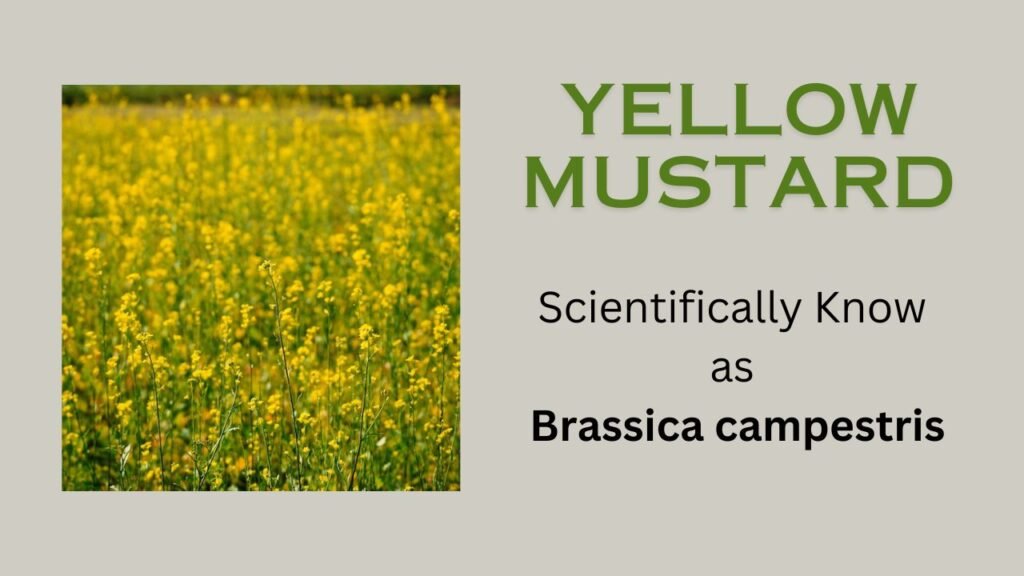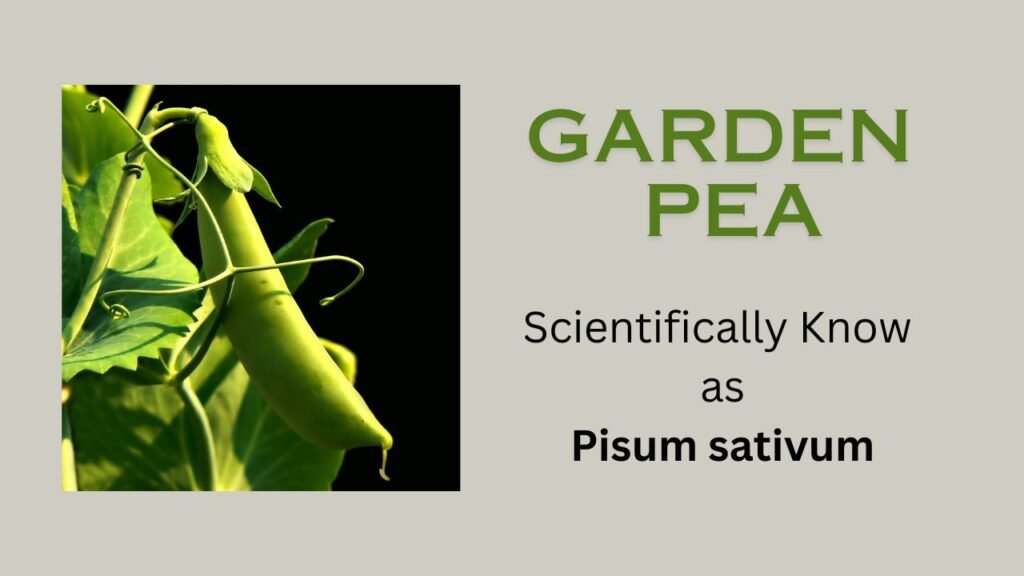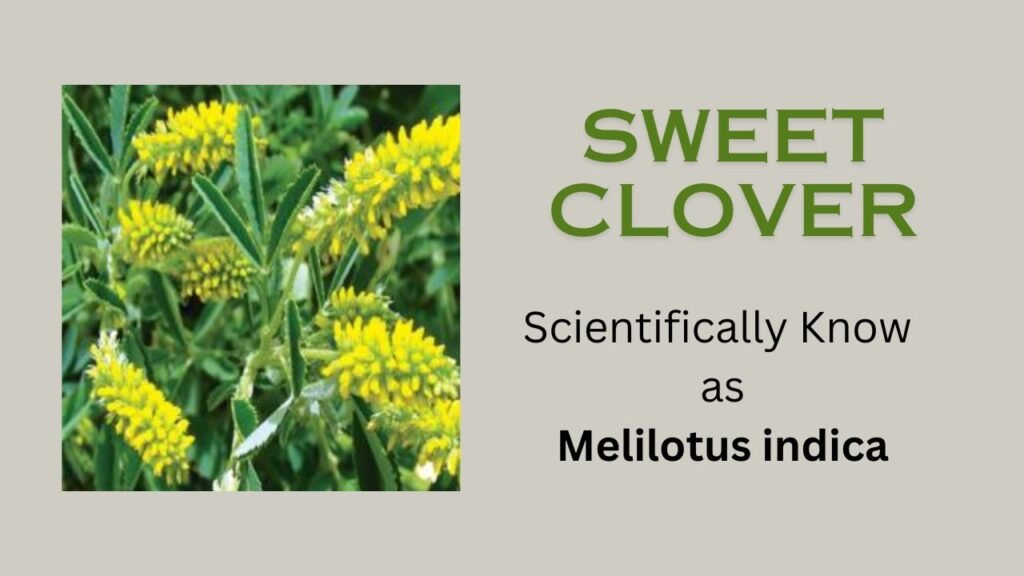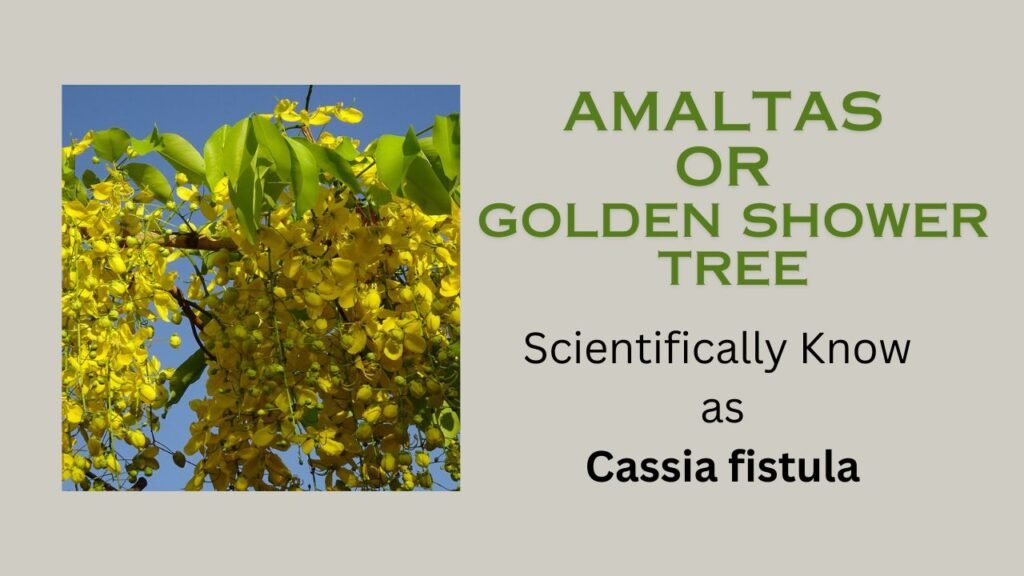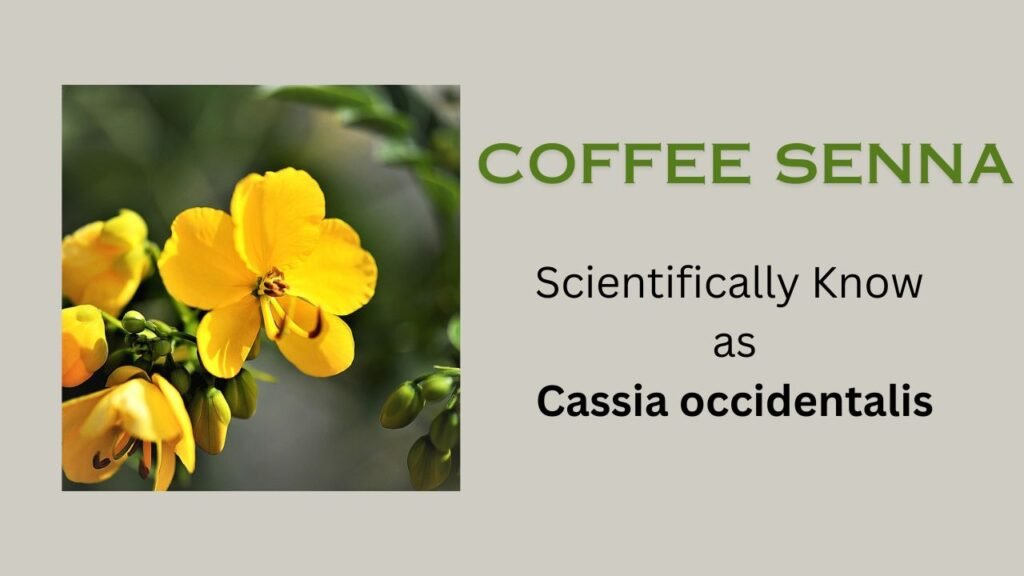Gulkhair, also known as Hollyhock or scientifically known as Alcea rosea, is a beautiful flowering plant. This plant grows tall and has large colourful flowers like pink, red, yellow, white, and purple. Gulkhair is planted in gardens and in front of houses for decoration. Its flowers are not only attractive but also attract bees and butterflies. This plant can be easily grown in warm and sunny places.

Scientific Name: Alcea rosea
Some Basic Information about Hollyhock-(Alcea rosea)
Habit – Biennial or perennial, tall, erect herb
Root – Tap root system
Stem – Erect, cylindrical, solid, pubescent (hairy), unbranched or few-branched
Leaf – Simple, alternate, petiolate, palmately lobed (5-7 lobes), stipulate, unicostate reticulate venation
Inflorescence – Racemose, axillary or terminal spikes
Flower – Bracteate, pedicellate, complete, regular, actinomorphic, hermaphrodite, hypogynous, large, showy, pink, white, red, or yellow
Calyx – Sepals 5, gamosepalous, valvate aestivation, epicalyx present (6-9 bracteoles)
Corolla – Petals 5, polypetalous, twisted aestivation
Androecium – Stamens numerous, monadelphous, anthers dithecous, introrse
Gynoecium – Multicarpellary (many), syncarpous, ovary superior, multilocular, axile placentation, style branched
Fruit – Schizocarp (split into mericarps around a central axis)
Floral formula – Br ⊕ ⚥ Ep K(5) C5 A∞ G(5)
Explanation of the Formula:
- Br: Bracteate (flower has bracts)
- ⊕: Actinomorphic (radially symmetrical flower)
- ⚥: Bisexual (having both stamens and carpels)
- Ep: Epicalyx (an extra whorl outside the calyx, 3–8 segments)
- K(5): Calyx of 5 fused sepals
- C5: Corolla with 5 free petals
- A∞: Androecium with numerous stamens (monadelphous: filaments fused)
- G(5): Gynoecium with 5 fused carpels (syncarpous), ovary superior
Systematic Position:
Division – Phanerogamia
Subdivision – Angiospermae
Class – Dicotyledonae
Subclass – Polypetalae
Series – Thalamiflorae
Order – Malvales
Family – Malvaceae
Genus – Alcea
Species – rosea

